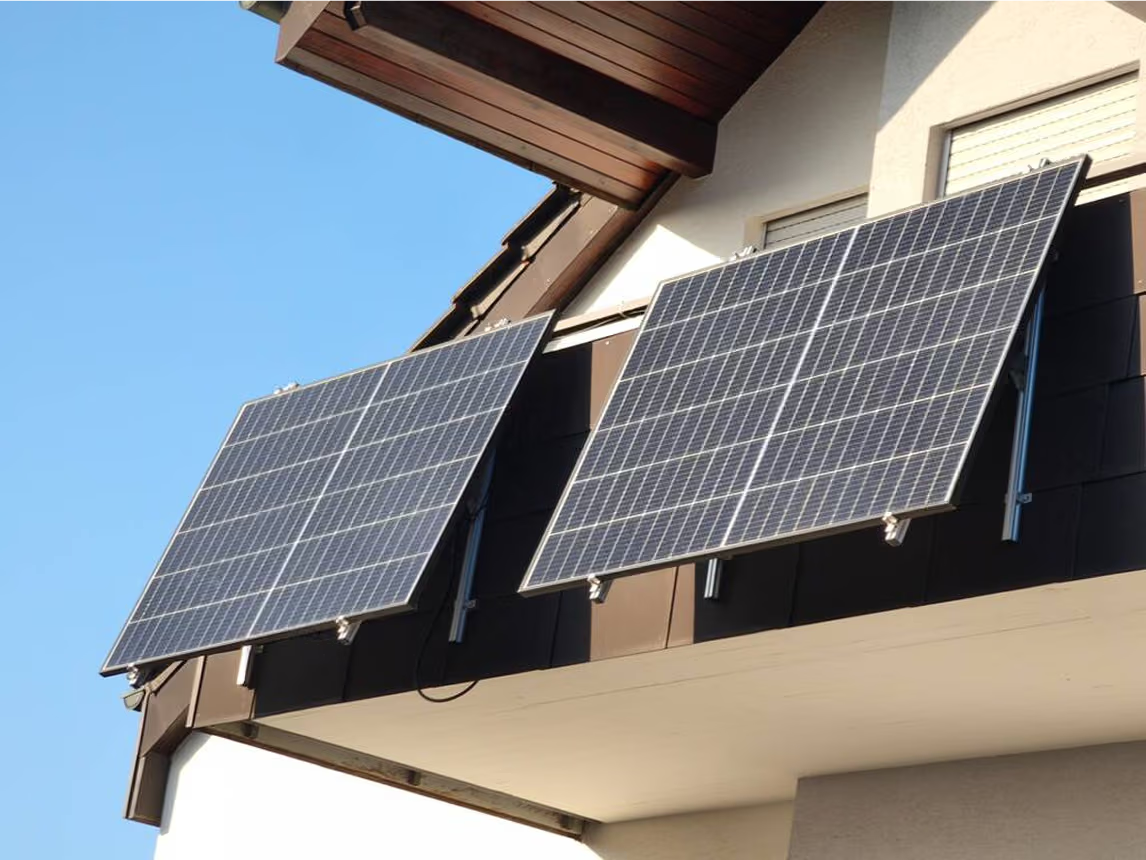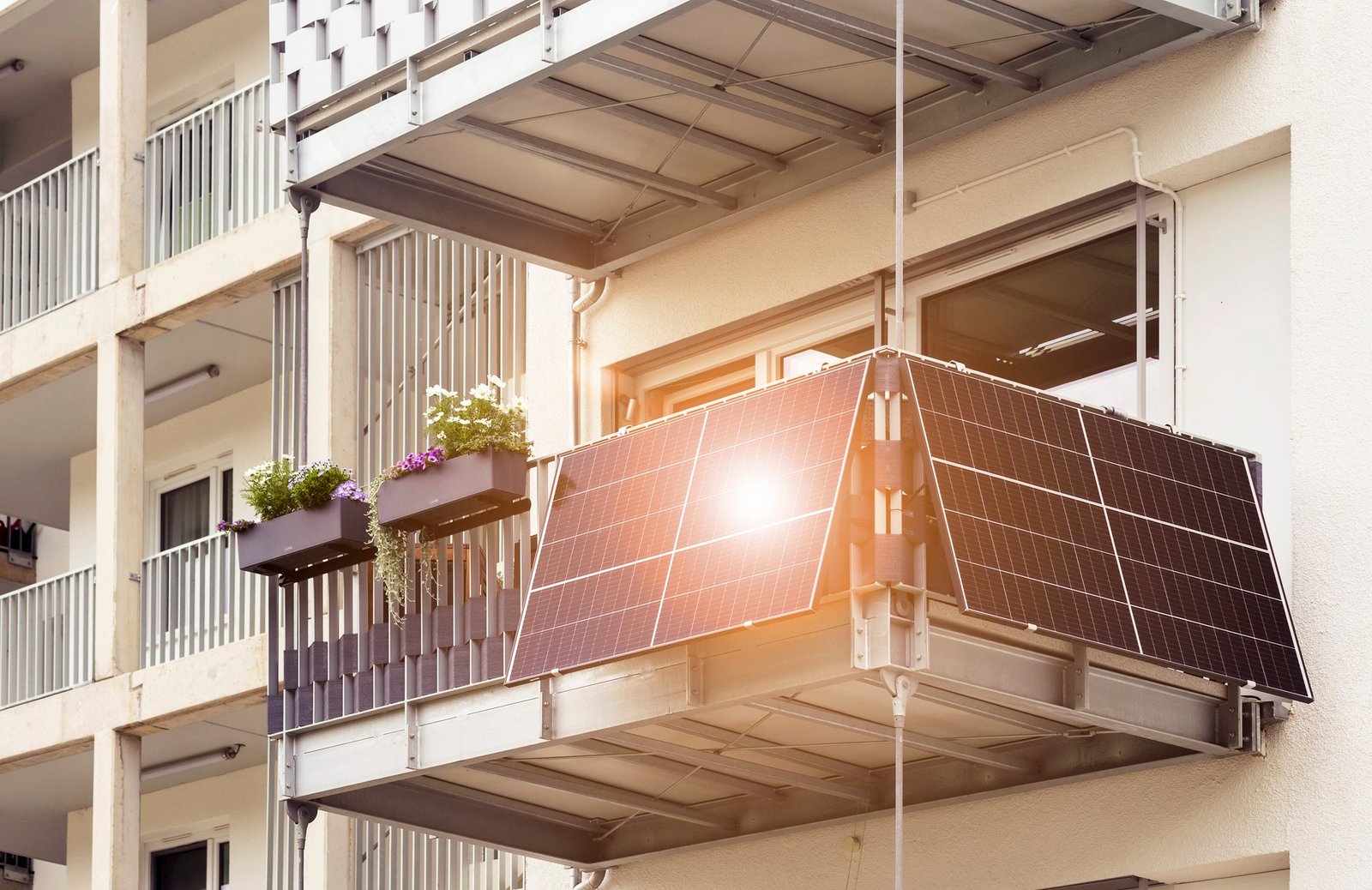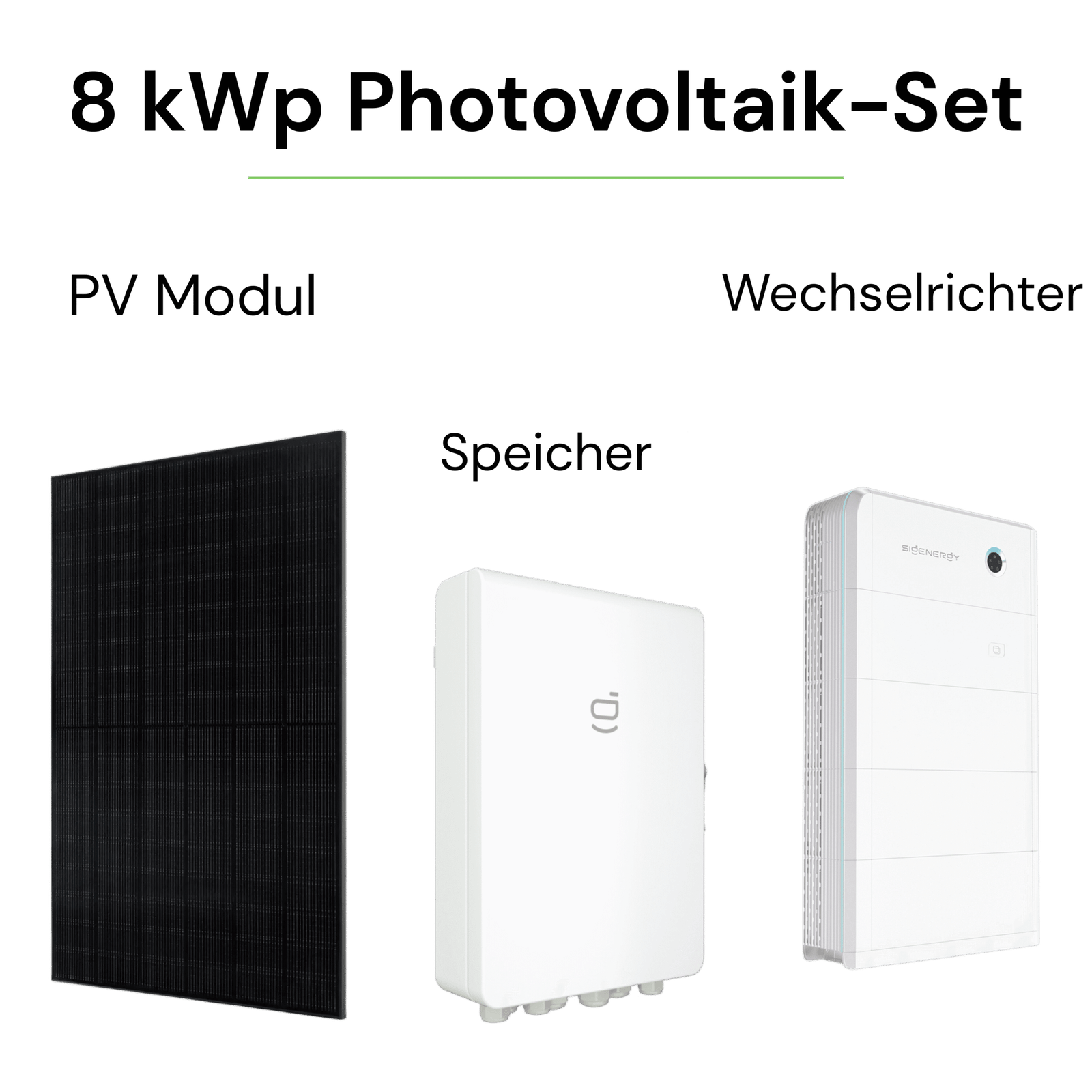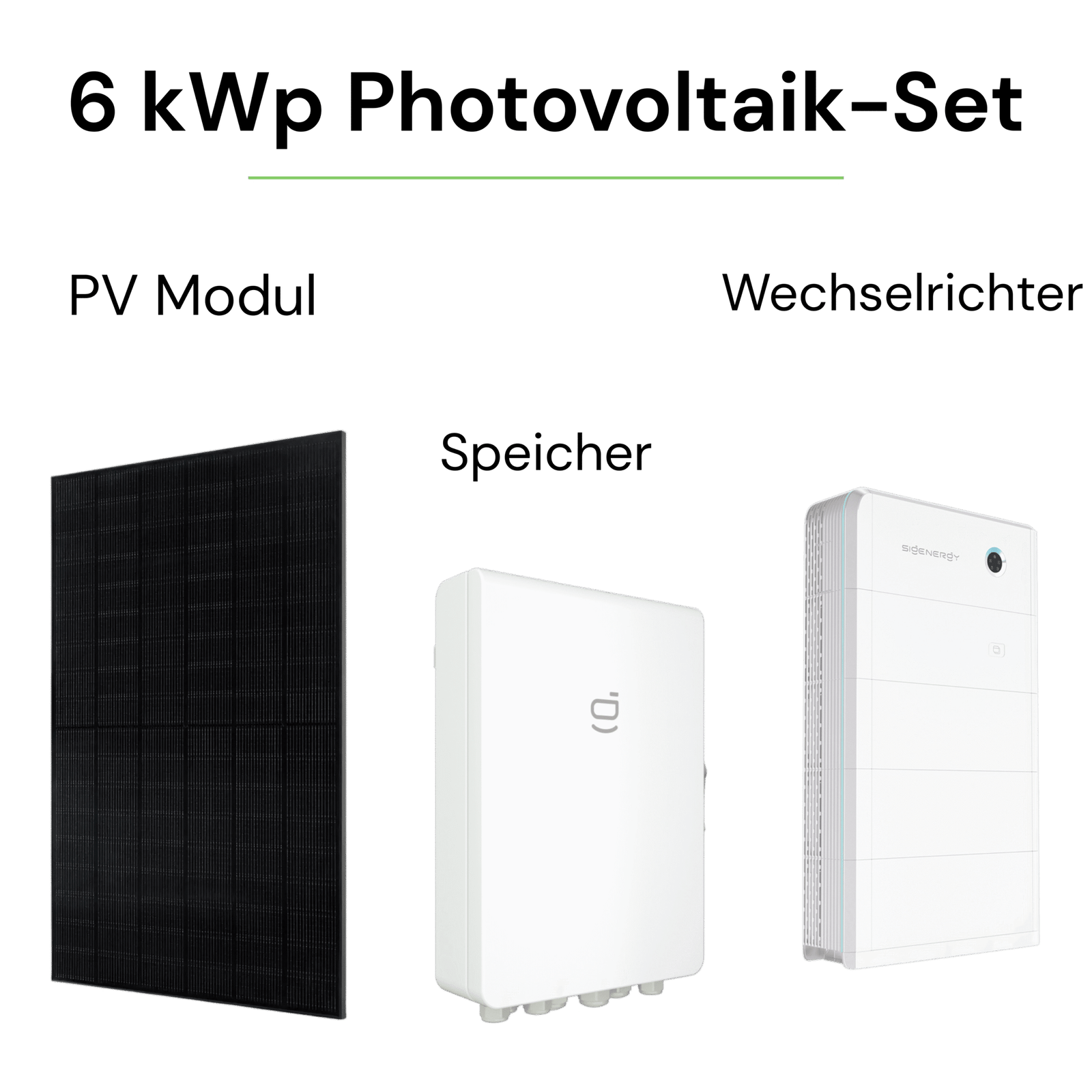Save electricity with QuickEnergy
Generate your own clean energy
With QuickEnergy you produce your own solar power – uncomplicated, cost-saving and environmentally friendly. Install now & benefit.


Balcony power plants and photovoltaic systems – save electricity immediately
Save electricity with QuickEnergy
Generate your own clean energy
With the balcony power plants and photovoltaic systems from Quick Energy, you can generate your own electricity, save costs, protect the environment and enjoy quick installation.


Balcony power plants and photovoltaic systems – save electricity immediately
Your reliable energy partner
We help you to save energy costs – with reliable on-site support.
Reduce electricity costs
With our photovoltaic systems, you can produce your own electricity and thus reduce your energy costs in the long term.
Making an active contribution to the environment
With our photovoltaic system, you are making a valuable contribution to the necessary energy transition.
Featured products
The best solar kits for the home

Experience you can trust
More than 1,000 systems successfully installed
Quick Energy brings the know-how from over 1,000 delivered balcony power plants and photovoltaic systems that are currently being used successfully by our satisfied customers. Our experienced team of experts and technicians is on hand to provide you with expert advice and can also offer on-site support on request. Thanks to our generous storage capacities, we can deliver your selected products quickly and reliably.

Generate your own energy
Our plug-and-play systems offer you greater independence from the energy supplier and protection in the event of a power failure.

Benefit from 0% VAT on your investment
The supply and installation of photovoltaic systems with an output of up to 30 kWp has not been subject to VAT since 2023.

Fast delivery & assembly
We at Quickenrgy guarantee our customers installation within 4 weeks of receipt of the order at .
Still unsure which system your home needs?
Determine the optimum solution for your home with just a few clicks – easily via our configuration page.
Our services
Discover our services
Electrical engineering
Reliable installations for residential and commercial properties - safe and professional.
Smart Home
Intelligent control for light, security and convenience - all at the touch of a button.
Photovoltaic systems
Reduce electricity costs with your own solar energy - efficiently and sustainably.
Why choose us
Produce your own electricity with Quick Energy
Quick Energy is an Austrian company based in Vienna that specializes in renewable energy. Thanks to the use of state-of-the-art technology and safe plug-and-play systems, we can help you save energy.
That’s why you should opt for Quick Energy:
- State-of-the-art technology for saving energy
- Plug-in balcony power plants & solar systems
- State-of-the-art material in the best quality
- Systems with the highest safety standards
If you have any questions, please contact us at sales@quickenergy.at

Ready to take control of your energy?
Let us show you how you can save money, become more independent and improve your home.

Get in touch with us
Do you have any questions? Please contact us!
Whether you have a question, need an individual offer or would like to book your next trip – we will be happy to help you.
How can I make an initial appointment as a new customer?
Simply fill out the contact form on our website or contact us at the e-mail address sales@quickenergy.at. We will contact you within 24 hours for a free consultation.
Which is more worthwhile: consuming the generated electricity yourself or feeding it into the grid?
In most cases, it is worthwhile for the operator to consume the electricity they generate themselves. The electricity purchase costs from the grid are usually higher than the electricity generation costs from new photovoltaic systems. For climate protection reasons, it is definitely worth making maximum use of the roof area in order to feed more electricity into the grid. This is because other types of use in the future, such as electric vehicles, will increasingly require electricity generated from renewable sources. In this way, you can promote/support the conversion of the electricity supply to renewable energies. You can find more information on the profitability and ecological assessment of a PV system in your individual case in our PV calculator.
What is an inverter?
With the help of your inverter, the direct current produced by the PV system is transformed into grid-standard alternating current.
How efficiently does a photovoltaic system work on cloudy days and what influence does diffuse light have on its performance?
The PV system cannot achieve maximum output when the sky is cloudy. Nevertheless, it also absorbs the diffuse sunlight that passes through the clouds – the brighter it is, the more power the modules achieve. In Germany, the diffuse component even accounts for around half of the irradiation.
Good to know: Diffuse light refers to uniform, soft light without large shadows or contrasts.
Is it possible to install a photovoltaic system on a flat roof?
Yes, PV systems can also be installed on flat roofs without any problems. The modules are installed at an angle using a mounting system. This gives them a favorable inclination and optimum south-facing orientation. The inclined position ensures that fallen dirt does not remain on the modules and cover them. This also prevents the accumulation of warm air under the modules. The power output of the PV modules is reduced at higher temperatures. The inclined installation therefore ensures both a cleaning effect and sufficient ventilation. To generate the same output as with a pitched roof variant, approximately twice the flat roof area is required, as a certain distance must be maintained between the modules to prevent mutual shading.
How does the conversion of solar radiation into electrical energy work?
The solar cell is often made of silicon. Silicon is particularly suitable as a semiconductor due to its properties, as it allows free charge carriers to be generated when energy is supplied, resulting in an electrical flow.
A closer look:
For example, silicon is contaminated with phosphorus at the top layer, resulting in an excess of electrons. Phosphorus thus acts as an electron donor. This layer is also known as the n-layer. In the lower layer, the silicon is contaminated with boron, for example. Boron is an electron acceptor, which means that there is a lack of electrons in this layer. The missing electrons create vacancies, the so-called holes. This layer is also known as the p-layer. The boundary area is located between the two layers. A neutral zone is created, as the surplus of electrons in the upper layer balances out the lack of electrons in the lower layer. Electrically charged poles are therefore created in the solar cell. This is due to the fact that there are now fewer negative charge carriers (electrons) at the top than originally and additional electrons have been inserted into the holes at the bottom. As soon as solar radiation enters the boundary layer, loosely bound electrons can be released and move. A voltage and a usable current result as long as the solar radiation penetrates.



